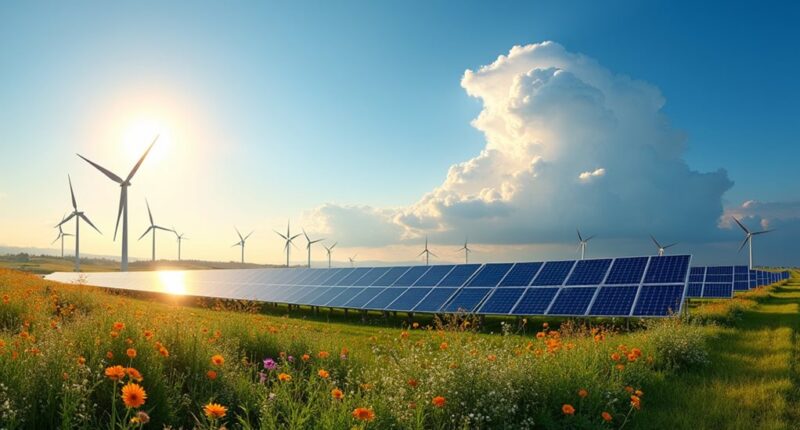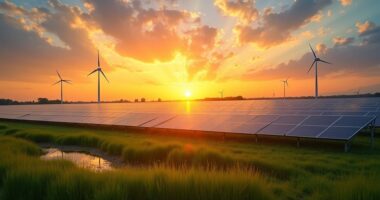As the world grapples with the urgent need for sustainable energy solutions, it’s hard to ignore the remarkable surge in renewable energy that has taken center stage in 2024. This year marked a pivotal moment, as global renewable capacity soared to an impressive 4,448 gigawatts (GW), a hefty increase of 585 GW from the previous year. Such growth represents a dazzling 15.1% annual growth rate, setting a new record and proving that renewables are not just a trend but a tidal wave of change.
A staggering 92.5% of the world’s power expansion came from renewables, with solar and wind making up nearly all of that. Solar power alone surged by 451.9 GW, pushing global installations to a total of 1,865 GW. Meanwhile, China, the heavyweight champion of solar energy, contributed a jaw-dropping 278 GW to this feat, and it is projected to account for 56% of global renewable capacity expansion from 2023-2028. This impressive growth has made China the leading contributor to global renewable capacity increases, highlighting its central role in the energy transition.
The U.S. wasn’t slacking either, adding 38.3 GW—54% more than last year—like a high school student suddenly acing math tests. The shift toward renewable energy sources offers significant environmental benefits by reducing greenhouse gas emissions and dependence on finite fossil fuels.
Wind energy, while still a key player, faced a few hiccups. With global wind capacity reaching 1,133 GW, growth slowed compared to past years. The U.S. managed to add 5.3 GW of onshore wind, but challenges loomed ahead for offshore projects, which were like a promising movie sequel that just couldn’t find its budget.
Battery storage also stepped into the spotlight, nearly doubling its capacity to 29 GW, making it an essential ally for integrating solar and wind. Think of it as the superhero sidekick, ensuring that energy generated during sunny days or windy nights could actually be used when the sun sets and the winds die down.









